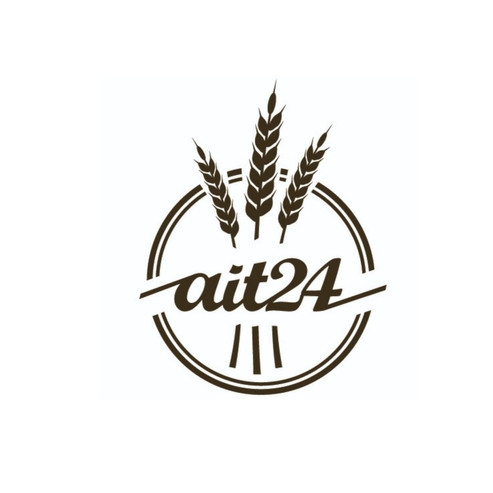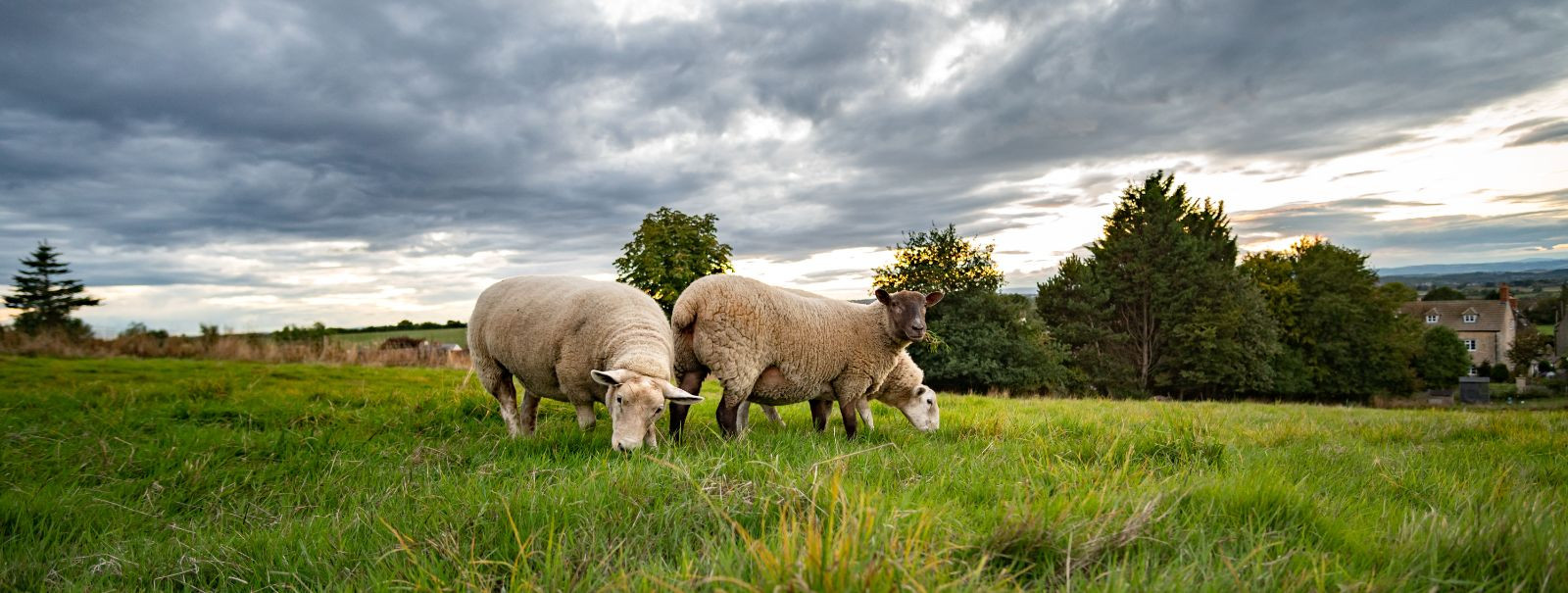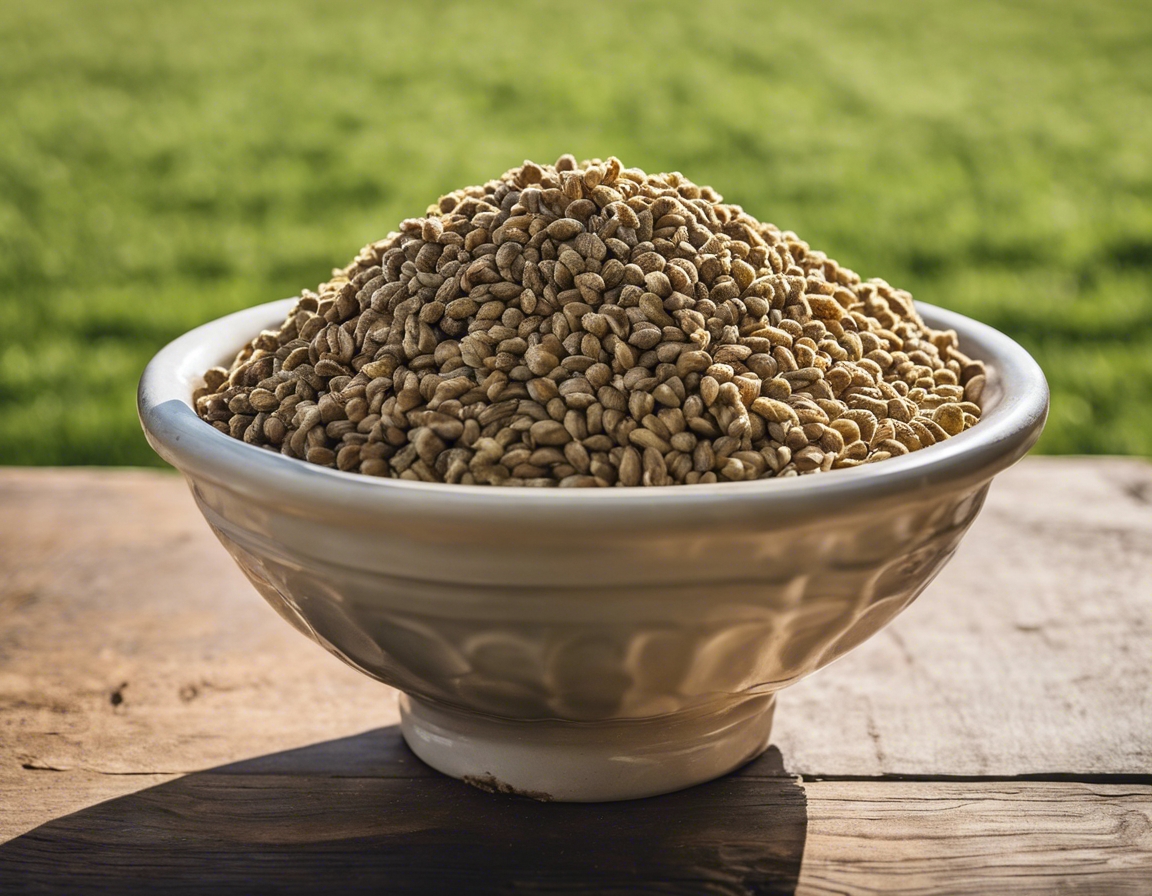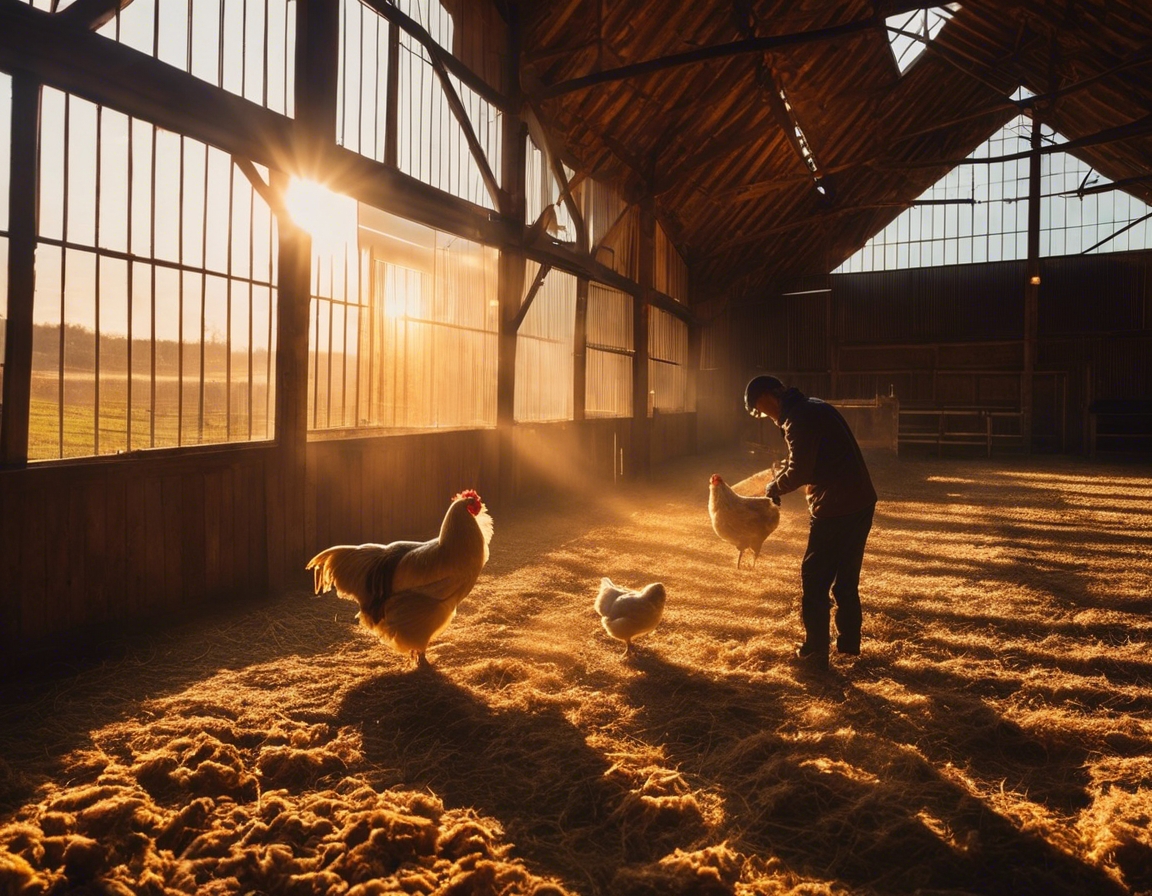Seasonal feeding: what your livestock need this spring
As the seasons change, so do the nutritional requirements of livestock. Understanding these shifts is crucial for maintaining animal health, productivity, and welfare. Seasonal feeding strategies can optimize growth, reproduction, and overall performance.
Spring is a critical period for livestock. After a long winter, animals are often in need of nutrient-rich feed to replenish their reserves and support the increased demands of lactation, growth, and the onset of warmer weather.
Spring Feeding for Different Types of Livestock
For poultry, spring means increased egg production and the need for higher protein and calcium levels. A balanced diet with adequate amino acids is essential for feather growth and eggshell quality.
Rabbits require a diet rich in fiber to support their digestive systems. Spring greens can provide essential nutrients, but it's important to introduce new foods gradually to avoid digestive upset.
Sheep benefit from a diet that supports lactation and lamb growth. High-quality pasture and supplemental feed rich in energy and protein can help meet these needs.
Goats, known for their browsing habits, require a diverse diet with adequate minerals to prevent deficiencies as they transition from winter feeding regimes.
Nutritional Components Essential for Spring
Proteins are the building blocks of growth and are particularly important in spring when animals are recovering from winter and may be producing offspring.
Vitamins A, D, E, and minerals such as phosphorus and calcium are vital during spring for bone development and the immune system.
Carbohydrates and fats provide the energy needed for animals to maintain body temperature and support increased activity levels in spring.
Best Practices for Spring Feeding
Regularly assessing the body condition and health of livestock can inform necessary adjustments to their diet as the season progresses.
As temperatures rise and animals spend more time grazing, it may be necessary to adjust the quantity and ratio of feed provided.
Spring is an ideal time to take advantage of fresh pasture and forage, which can reduce feed costs and provide a variety of nutrients.
Local Sourcing and Sustainable Feeding
Using locally sourced feed supports the local economy and reduces the environmental impact associated with transportation.
Adopting sustainable feeding practices, such as rotational grazing and proper manure management, can enhance soil health and reduce the carbon footprint of livestock production.






Comments (0)